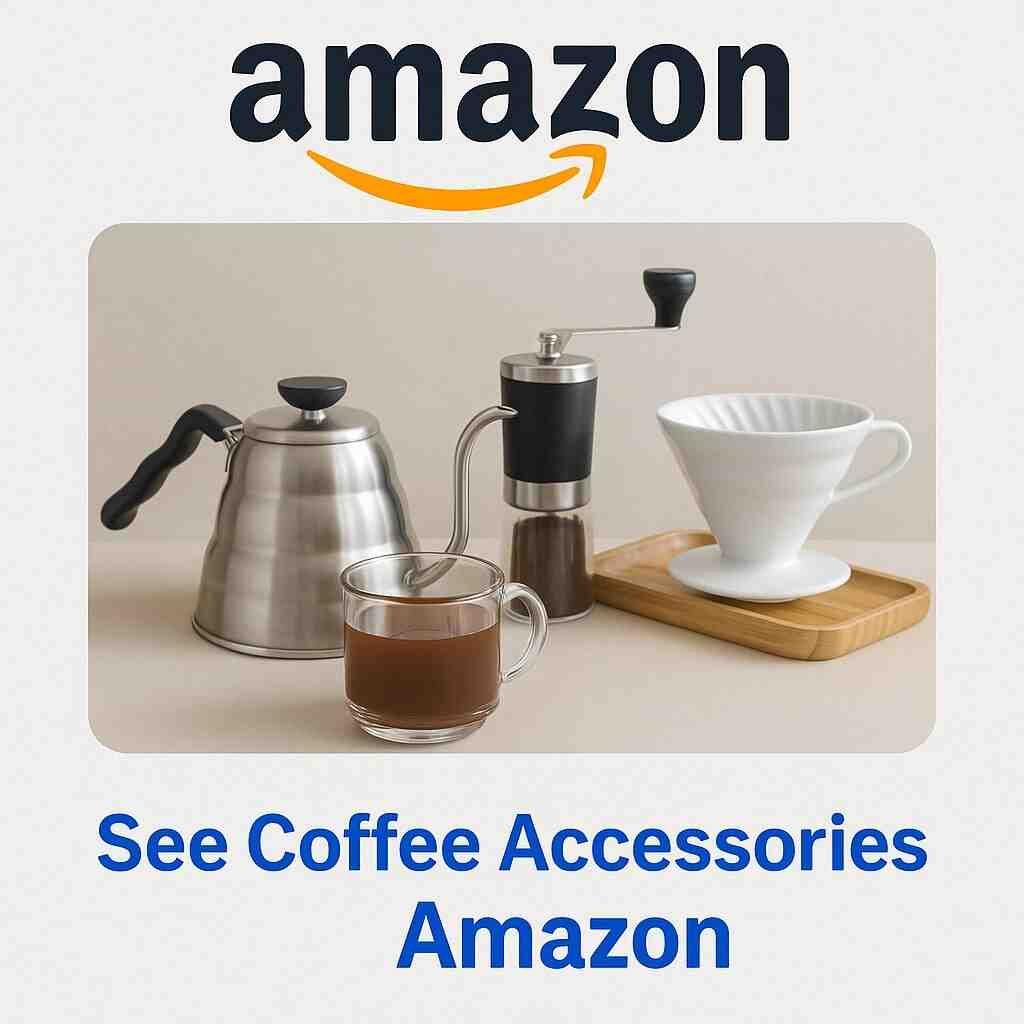Why Every Home Barista Needs a Portafilter Stand
If you’re building your dream coffee setup at home, you’ve probably already invested in a quality espresso machine, a reliable grinder, and maybe even a fancy tamper. But there’s one small tool that often gets overlooked—and it can make a big difference: the portafilter stand.
What Is a Portafilter Stand?
A portafilter stand is a compact, sturdy accessory designed to hold your portafilter securely during tamping. It often includes rubber or silicone padding to prevent slipping and reduce wear on your countertop or portafilter handle.
While it might seem like a “nice to have,” seasoned baristas know it’s one of the unsung heroes in achieving consistent, mess-free espresso.
Key Benefits of Using a Portafilter Stand
1. Consistent Tamping Pressure
Using a portafilter stand helps keep the portafilter level during tamping. This allows you to apply pressure evenly, which is essential for avoiding channeling and ensuring optimal extraction.
2. Protects Your Countertop and Gear
Tamping directly on a hard surface can damage both your counter and your portafilter handle over time. A stand acts as a buffer, absorbing the pressure and keeping your equipment safe.
3. Cleaner Workflow
When you’re juggling multiple tasks—grinding, dosing, tamping, and brewing—things can get messy. A portafilter stand creates a stable, dedicated space for tamping, which keeps coffee grounds from scattering across your work area.
4. Ideal for Single-Dosing
If you grind your beans per shot (single dosing), a portafilter stand can streamline your process. With the portafilter fixed in place, you can distribute and tamp more precisely without juggling it in your hands.
5. Great for Beginners and Pros Alike
Whether you’re just getting started or you’re deep into espresso geekery, a portafilter stand helps reinforce good technique and can even improve muscle memory over time.
How to Choose the Right Portafilter Stand
When shopping for a portafilter stand, consider:
- Compatibility: Make sure it fits your portafilter size (usually 58mm or 54mm).
- Material: Stainless steel, wood, and heavy-duty plastic are all common.
- Padding: Rubber or silicone inserts add grip and protection.
- Design: Some stands double as tamping stations or have slots for accessories.
Final Thoughts
Adding a portafilter stand to your home espresso setup might seem minor—but the payoff is real. It brings professionalism to your routine, improves consistency, and keeps your coffee station tidy and efficient.
If you’re looking to upgrade your workflow with minimal cost, a portafilter stand is an excellent place to start. Sometimes, it’s the little things that make the biggest difference.




